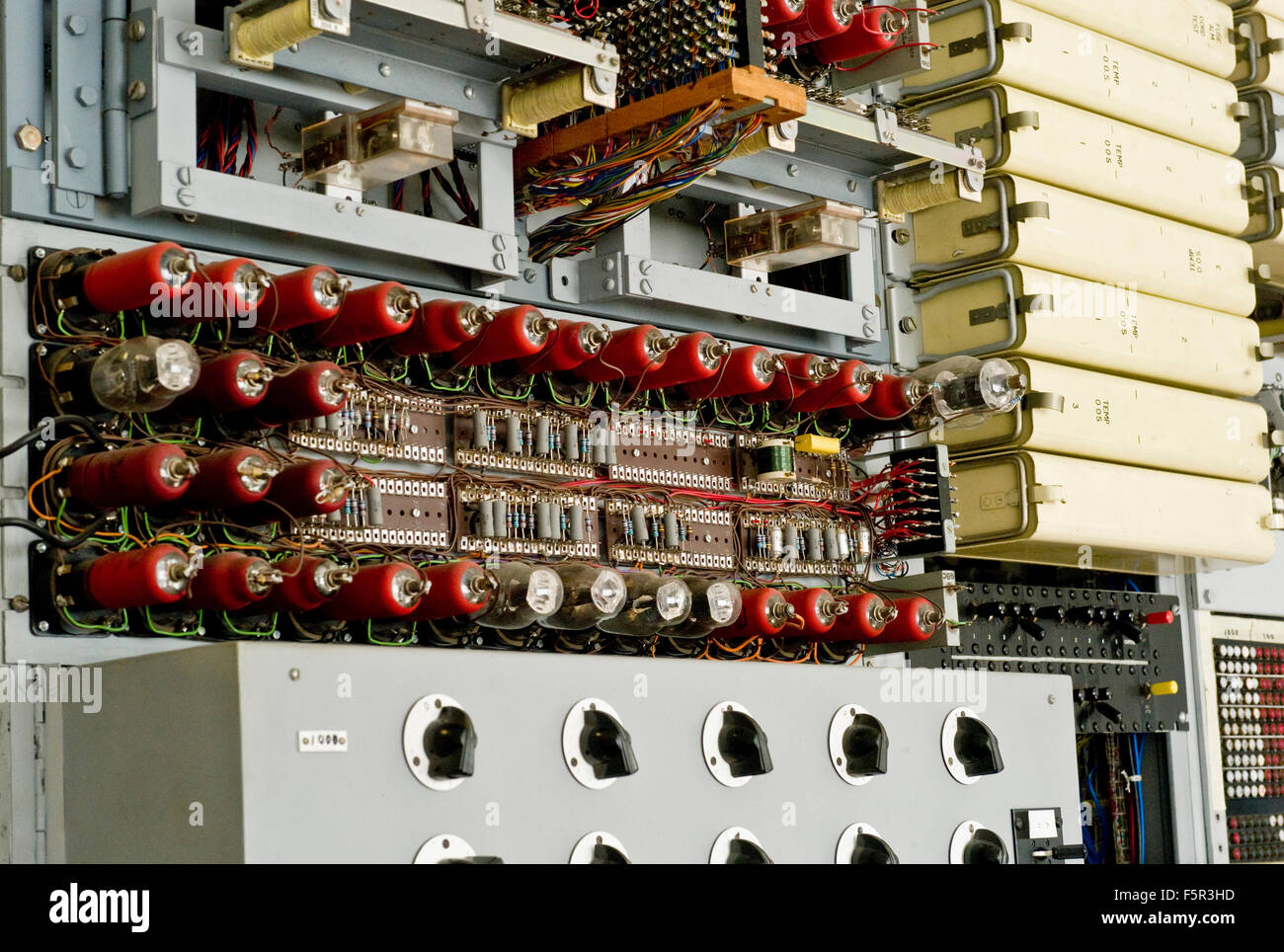

Most of the failures of valves were caused by switching the machine on and off." (8) It was now possible to crack a Lorenz-encrypted message in hours rather than days. But it began producing results also immediately. This was one reason why many people did not expect Colossus to work. The first Colossus had 1,500 valves, which was probably far more than for any electronic machine previously used for any purpose. It read the tape at 5,000 characters per second. Jack Good was one of the cryptanalysts working under Newman: "The machine was programmed largely by plugboards. Newman's staff that operated the Colossus consisted of about twenty cryptanalysts, about six engineers, and 273 Women's Royal Naval Service (WRNS). It was this fact that made Colossus the precursor to the modern digital computer." (7)
#COLOSSUS COMPUTER CODE#
However, as Simon Singh, the author of The Code Book: The Secret History of Codes & Code-Breaking (2000) has pointed out than "more important than Colossus's speed was the fact that it was programmable. It consisted of 1,500 electronic valves, which were considerably faster than the relay switches used in Turing's machine. At the Post Office Research Station at Dollis Hill, Flowers took Newman's blueprint and spent ten months turning it into the Colossus Computer, which he delivered to Bletchley Park on 8th December 1943, but was not fully operational until 5th February 1944. However, Flowers was so convinced that he could get Newman machine to work effectively he continued building the machine. They thought in a year the war could be over and Hitler could have won it so they didn't take up my idea." (6) Max Newman I said at least a year and they said that was terrible. They asked me how long it would take to produce the first machine.

But I'd introduced valves into telephone equipment in large numbers before the war and I knew that if you never moved them and never switched them off they would go on forever.

This was based on their experience of radio equipment which was carted around, dumped around, switched on and off, and generally mishandled. They were quite convinced that valves were very unreliable.

Tommy Flowers claimed that Max Newman and his team of codebreakers were highly sceptical of his suggestion: "They wouldn't believe it. He proposed a machine using 1,500 valves." (5) From his prewar experience, Flowers knew that most valve failures occurred when, or shortly after, power was switched on, and he designed his equipment with this in mind. He used photoelectric sensing, and at that early date he had enough confidence in the reliability of switching networks based on electronic valves (tubes, in America), rather than electromagnetic relays, to risk using such techniques on a grand scale. Gordon Welchman, a colleague at Bletchley Park, pointed out: "Flowers seems to have realized at once that synchronization 44 punched-tape operations need not depend on the mechanical process of using sprocket holes. He claimed valves would do the same job much faster without the need for the synchronisation of the two tapes. It was dependent on paper tape being driven at very high speed by means of spiked wheels and the paper wouldn't stand up to it." Flowers suggested that Newman used valves instead of the old-fashioned electromechanical relay switches that had been used in Turing's machines. Flowers later recalled: "I was brought in to to make it work, but I very soon came to the conclusion that it would never work. The initial machine designed by Newman kept on breaking down. So then having found the starting positions of the cipher wheels you could decode the message." (4) Colossus Mark I It tried all the combinations, which processing at 5,000 characters a second could be done in about half an hour. (3) Flowers explained the objective of Newman's machine: "The purpose was to find out what the positions of the code wheels were at the beginning of the message and it did that by trying all the possible combinations and there were billions of them. (2)Īlan Turing suggested that Newman worked with Tommy Flowers, a young telephone engineer, who had helped in building a decoder in 1941. In 1943 Newman came up with a way to mechanise the cryptanalysis of the Lorenz cipher and therefore to speed up the search for wheel settings. It operated in a similar way to the Enigma Machine, but the Lorenz was far more complicated, and it provided the Bletchley codebreakers with an even greater challenge. (1) He was given the problem of dealing with the Lorenz SZ40 machine that was used to encrypt communications between Adolf Hitler and his generals. In September 1942, Max Newman joined the Government Code and Cypher School at Bletchley Park and was placed in charge of a research section that was known as the "Newmanry".


 0 kommentar(er)
0 kommentar(er)
